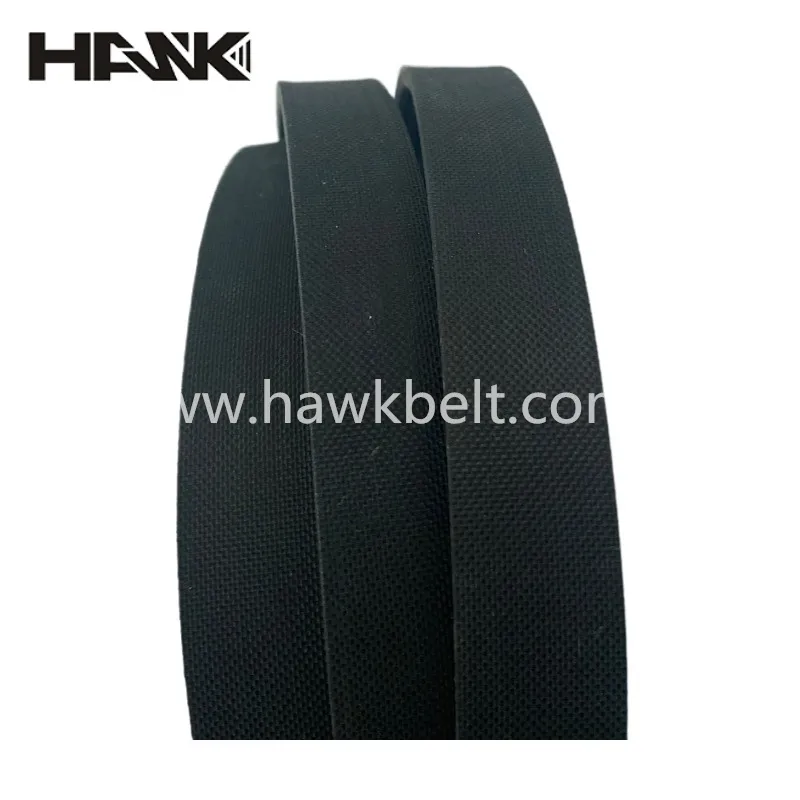- Arabic
- French
- Russian
- Spanish
- Portuguese
- Turkish
- Armenian
- English
- Albanian
- Amharic
- Azerbaijani
- Basque
- Belarusian
- Bengali
- Bosnian
- Bulgarian
- Catalan
- Cebuano
- Corsican
- Croatian
- Czech
- Danish
- Dutch
- Afrikaans
- Esperanto
- Estonian
- Finnish
- Frisian
- Galician
- Georgian
- German
- Greek
- Gujarati
- Haitian Creole
- hausa
- hawaiian
- Hebrew
- Hindi
- Miao
- Hungarian
- Icelandic
- igbo
- Indonesian
- irish
- Italian
- Japanese
- Javanese
- Kannada
- kazakh
- Khmer
- Rwandese
- Korean
- Kurdish
- Kyrgyz
- Lao
- Latin
- Latvian
- Lithuanian
- Luxembourgish
- Macedonian
- Malgashi
- Malay
- Malayalam
- Maltese
- Maori
- Marathi
- Mongolian
- Myanmar
- Nepali
- Norwegian
- Norwegian
- Occitan
- Pashto
- Persian
- Polish
- Punjabi
- Romanian
- Samoan
- Scottish Gaelic
- Serbian
- Sesotho
- Shona
- Sindhi
- Sinhala
- Slovak
- Slovenian
- Somali
- Sundanese
- Swahili
- Swedish
- Tagalog
- Tajik
- Tamil
- Tatar
- Telugu
- Thai
- Turkmen
- Ukrainian
- Urdu
- Uighur
- Uzbek
- Vietnamese
- Welsh
- Bantu
- Yiddish
- Yoruba
- Zulu
Aug . 21, 2024 05:44 Back to list
Auto Safety Strap and Performance Enhancement Belt Options
The Evolution and Importance of Auto Belts in Modern Vehicles
Auto belts, commonly known as seat belts, have undergone significant advancements since their inception, transforming from basic safety devices to complex systems that contribute immensely to passenger safety in vehicles. The primary purpose of these belts is to secure occupants in place, preventing severe injuries during accidents. However, the story of auto belts is not just about safety; it encapsulates the continuous evolution of automotive technology, regulatory changes, and a growing awareness of road safety.
Historical Background
The history of auto safety belts dates back to the early 20th century. The first patents for lap belts were granted in the 1880s, but they didn't gain widespread use until the 1950s. Initially made from simple materials, the early seat belts provided minimal protection. In 1966, the U.S. government mandated seat belts in all new cars, marking a significant turning point in automotive safety legislation. Over the following decades, technological advancements led to the introduction of the three-point seat belt, which was invented by Nils Bohlin, a Volvo engineer, in 1959. This design has since become the industry standard, offering improved comfort and protection by distributing crash forces across stronger parts of the body.
Modern Innovations
Today, auto belts are an integral part of a vehicle's safety framework. Modern seat belts are equipped with various features designed to enhance safety further. These include
1. Pretensioners These devices automatically tighten the belt during a collision, ensuring that the occupant is held firmly in place. This reduces the space between the occupant and the seat, minimizing the risk of injury.
auto belt\/auto pk belt

2. Load Limiters Load limiters allow the belt to give slightly during a crash, controlling the amount of force exerted on the occupant’s chest and reducing the risk of severe injuries.
3. Electronics and Sensors Advanced seat belt systems now include sensors that detect whether a passenger is wearing the belt. If not, the vehicle may trigger alerts or even limit the operation of certain features, emphasizing the importance of buckling up.
4. Integrated Airbags Some modern vehicles feature a design where airbags are incorporated into the seat belts themselves, offering additional protection during a collision.
The Crucial Role in Road Safety
Despite the ongoing advancements and safety features, the role of auto belts remains simple yet profoundly impactful. According to numerous studies, wearing a seat belt reduces the risk of fatal injury by approximately 45% for front-seat passengers in cars. This statistic underscores the importance of legislation that mandates seat belt use. Most countries have established strict laws requiring seat belt use for all vehicle occupants, contributing to increased public awareness and compliance.
Conclusion
As we look to the future, the evolution of auto belts symbolizes more than just technological advancement; it reflects a broader commitment to enhancing road safety for everyone. While innovation continues to improve these systems, the fundamental message remains clear wearing a seat belt is one of the simplest yet most effective ways to protect oneself in a vehicle. Whether you’re a passenger in a family car or a driver on a bustling highway, the auto belt serves as a reminder of the importance of safety and responsibility on the road. Embracing this critical safety device can save lives, making every journey a safer one.
-
Korean Auto Parts Timing Belt 24312-37500 For Hyundai/Kia
NewsMar.07,2025
-
7PK2300 90916-T2024 RIBBED BELT POLY V BELT PK BELT
NewsMar.07,2025
-
Chinese Auto Belt Factory 310-2M-22 For BMW/Mercedes-Benz
NewsMar.07,2025
-
Chinese Auto Belt Factory 310-2M-22 For BMW/Mercedes-Benz
NewsMar.07,2025
-
90916-02660 PK Belt 6PK1680 For Toyota
NewsMar.07,2025
-
drive belt serpentine belt
NewsMar.07,2025

